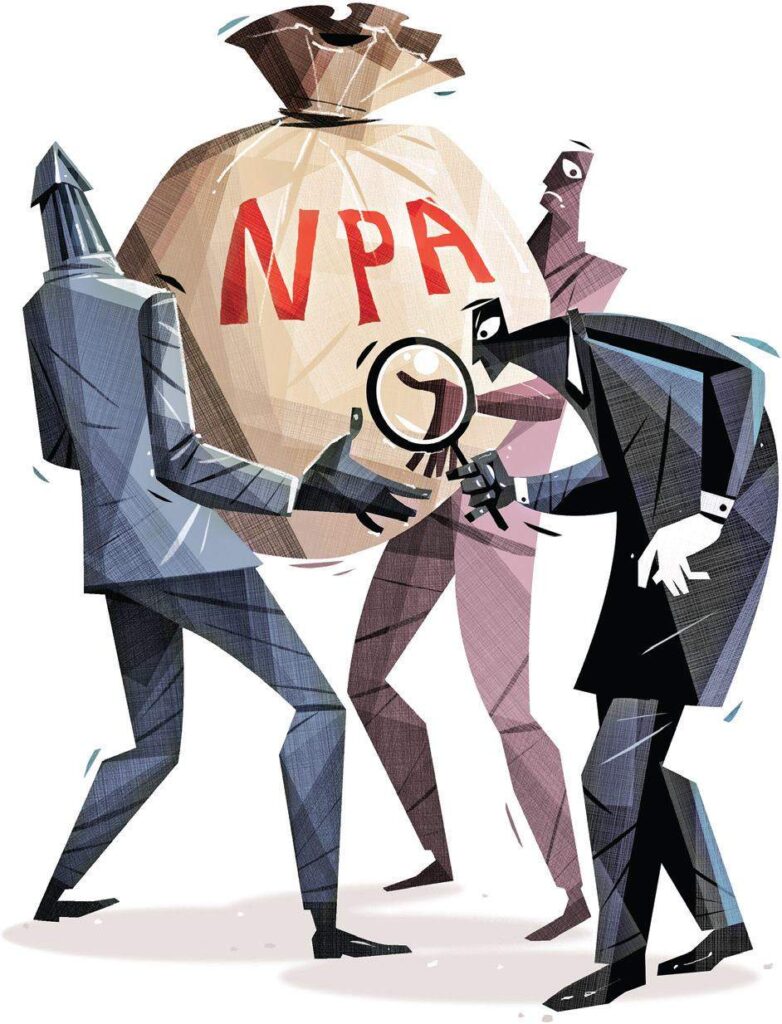According to Care Ratings, gross non-performing assets (NPAs) are expected to decline in Financial year 2021. The gross NPAs are expected to decline due to restructuring of accounts, loan write-offs and resilience in the economy. The rating agency positively expects the NPAs to fall from Rs. 8.9 lakh crore in FY20 to Rs 7.9 lakh crore at the end of FY21.
Government schemes
According to the Care Ratings report, the decline is expected as several accommodating, regulatory and government support schemes for MSMEs and others have immensely helped the borrowers to access the liquidity and conserve cash flows. For instance various supporting schemes like, till August 30, the moratorium on loan repayments for six months, till March 31, 2021, Covid-related restructuring scheme for MSMEs and for large corporates till December 31, 2020, till September 30, 2021, another Resolution Framework 2.0 scheme for personal loans and MSMEs, ECLGS to enable banks and NBFCs provide funding to MSMEs, TLTROs, special refinance facilities to NABARD/SIDBI/NHB to address sectoral credit needs, and extended partial guarantee scheme.
Sanjay Agarwal, Senior Director stated that “The government had enabled loan of up to 20 per cent of an MSME’s total outstanding credit in the Rs 3 lakh crore ECLGS scheme. So, loans were guaranteed by the government and MSMEs got significant breathing space with immediate cash flows being taken care of so that they may not default and deteriorate their credit score, etc. Given that MSMEs generally have a significant share of NPAs, now that share will be much more muted than what we would have expected otherwise,”.
According to reports, the Gross NPAs had jumped by 43.7 per cent from Rs 7.1 lakh crore in March 2017 to a humungous Rs 10.2 lakh crore by the end of March 2018. But following this steep rise, the NPAs witnessed moderation and reached Rs 8.9 lakh crore by the end of March 2020, again due to write-offs.
Despite a challenging year with economic crippling, the gross NPAs of scheduled commercial banks (SCBs) is expected to decline by the end of March 2021. This is due to write-offs, restructuring scheme, lower slippage and ECLGS support for MSMEs. The rating agency added that with the Supreme Court judgment allowing for the recognition of NPAs, Financial year 2021 end numbers are expected to be either similar or slightly above the Q3 FY21 numbers. Agarwal stated that “Slippages are largely from MSMEs in retail. MSME slippages have been reduced because of the ECLGS,”.
As it is known, due to various reasons, Public sector banks have not been as efficient as the private sector banks in managing their NPAs. Public sector bank’s NPA ratio bears testimony to the fact that PSBs NPAs account for a humungous ratio of the overall NPAs in the economy. As per reports, Public sector banks (PSBs) accounted for more than 80 percent of banks’ NPAs till FY19. However, over the last couple of years, the PSBs have registered a substantial contraction in their GNPA amount. According to reports, it is expected to contract from Rs. 6.8 lakh crore at the end of March 2020 to an estimated Rs 6 lakh crore at the end of March 2021. On the other hand, the gross NPAs of private banks have remained within Rs 2 lakh crore since September 2017 till September 2019. In its report, Care Ratings stated that “Unlike the PSBs, the private banks have recorded a rise in their GNPA amount from Rs 1.8 lakh crore in March 2018 which breached the Rs 2 lakh crore levels in December 2019 but subsequently are expected to have retreated to around Rs 1.96 lakh crore by the end of March 2021,”.
But it is to be noted that write-offs have played a major role in reducing bad loans. Write offs had smaller share in the years before 2017-18 but after FY18, the share has immensely increased. This indicates that banks have cleaned their books by taking a hit. In reality, recoveries have had a relatively smaller contribution in lowering NPAs.
As aforementioned, the Reserve Bank of India (RBI) has recently announced a second restructuring scheme for personal loans and MSME loans till September 30, 2021. The government had earlier extended the emergency credit line guarantee scheme (ECLGS) for MSMEs up to June 30, 2021.
As Financial Year 2021 was an uncertain year of havoc, bank credit growth was immensely muted as lenders and borrowers remained risk-averse amid uncertainty because of the detestable pandemic. It is to be noted that bank credit growth was largely supported by the agriculture and retail segments and disbursements under the ECLGS scheme. Thus, Credit growth in the industry segment was effectively slow. The growth in the retail segment was driven by a credit push by the RBI and interest rate concessions on home loans.

